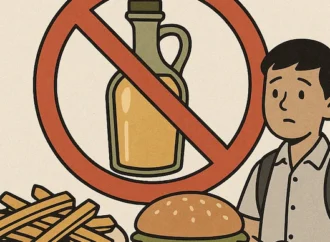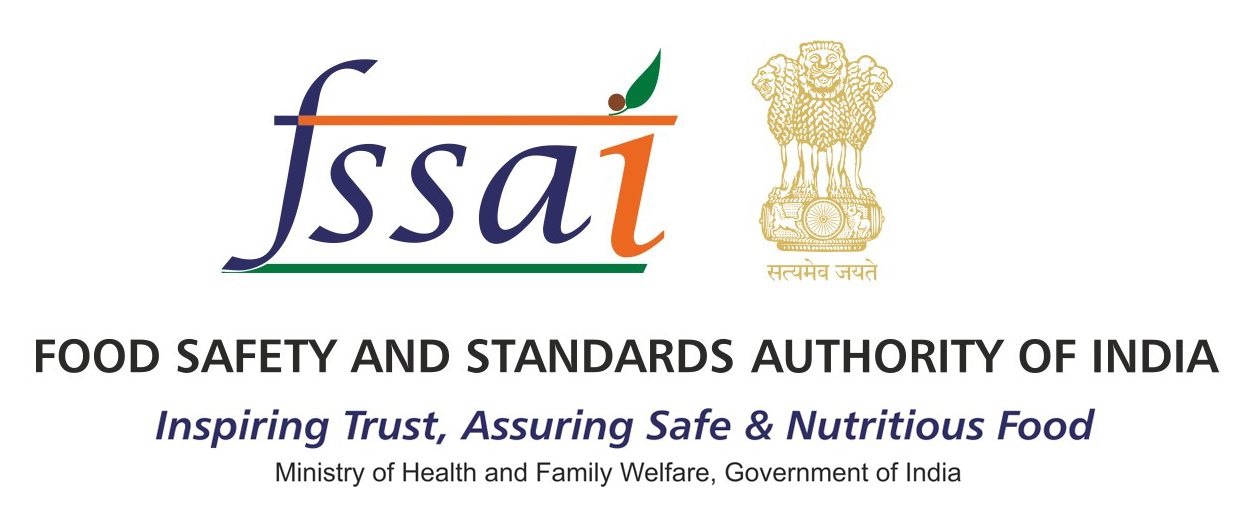Identifying Common Food Adulterants:
- Spices: Spices are often tampered with using substances like sawdust, chalk powder, or artificial colours. To detect adulteration, look for unusual textures, colours, or odours in your spices. Additionally, opt for trusted brands and suppliers known for their quality.
- Milk: Milk is frequently adulterated with water, urea, or detergents. To ensure its purity, conduct simple tests like the milk purity test or use a lactometer.
- Honey: Common adulterants in honey include sugar syrup and corn syrup. Simple tests like the water test or the thumb test can help identify pure honey.
- Oils: Oils are often mixed with cheaper alternatives or substances like argemone oil. Look for certifications like FSSAI and opt for cold-pressed or organic oils from reliable sources.
- Grains and Pulses: Grains and pulses may contain stones, sand, or low-quality grains. Inspect them for foreign materials, discolouration, or unusual smells before making a purchase.
Avoiding Food Adulterants:
- Buy from Reputable Sources: Purchase food items from trusted and reputable sources such as certified organic stores, local farmers’ markets, or reputed supermarkets. Additionally, consider joining a food cooperative or subscribing to a community-supported agriculture (CSA) program.
- Check Labels and Certifications: Look for quality certifications like FSSAI, ISO, or Agmark on food packaging. Read labels carefully to ensure transparency about ingredients and additives. Moreover, familiarize yourself with common food labelling terms to make more informed decisions.
- Choose Whole Foods: Opt for whole foods like fresh fruits, vegetables, and unprocessed grains whenever possible. These are less likely to be adulterated compared to processed or packaged foods. Furthermore, consider growing your produce or supporting local farmers through community-supported agriculture initiatives.
- Educate Yourself: Stay informed about common food adulterants and their detection methods. Share this knowledge with family and friends to collectively combat food adulteration. Additionally, consider attending workshops or seminars on food safety and advocacy.
- Report Suspected Adulteration: If you suspect food adulteration or encounter suspicious products, report them to local food safety authorities or consumer protection agencies. Furthermore, consider participating in consumer advocacy campaigns to raise awareness and demand stricter regulations.
Conclusion:
Protecting ourselves from the dangers of food adulteration requires vigilance and awareness. By knowing how to identify common adulterants and taking proactive measures to avoid them, we can safeguard our health and well-being. Let’s make informed choices and advocate for stricter food safety regulations to ensure the integrity of our food supply.
 Food Manifest
Food Manifest 


















Leave a Comment
Your email address will not be published. Required fields are marked with *